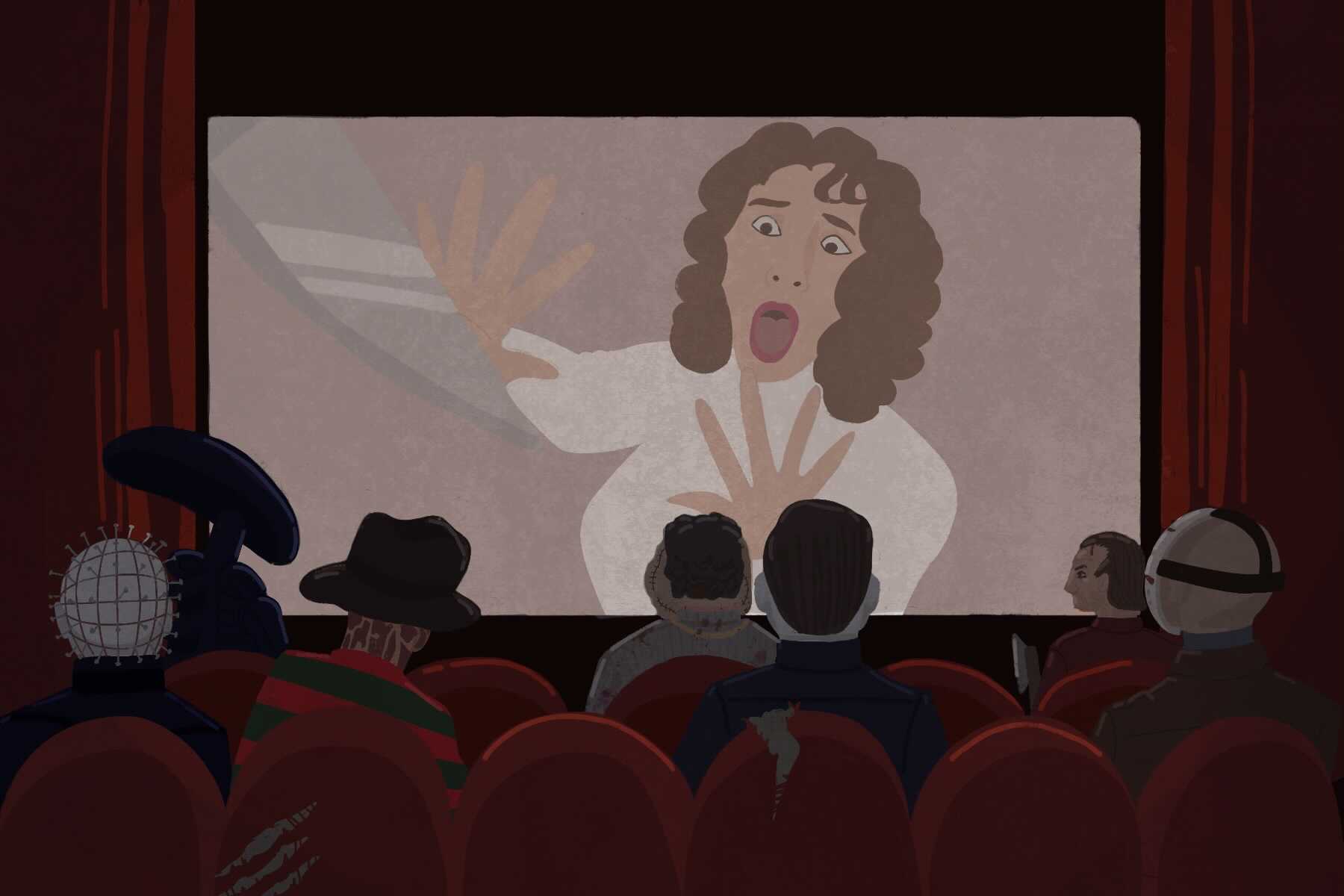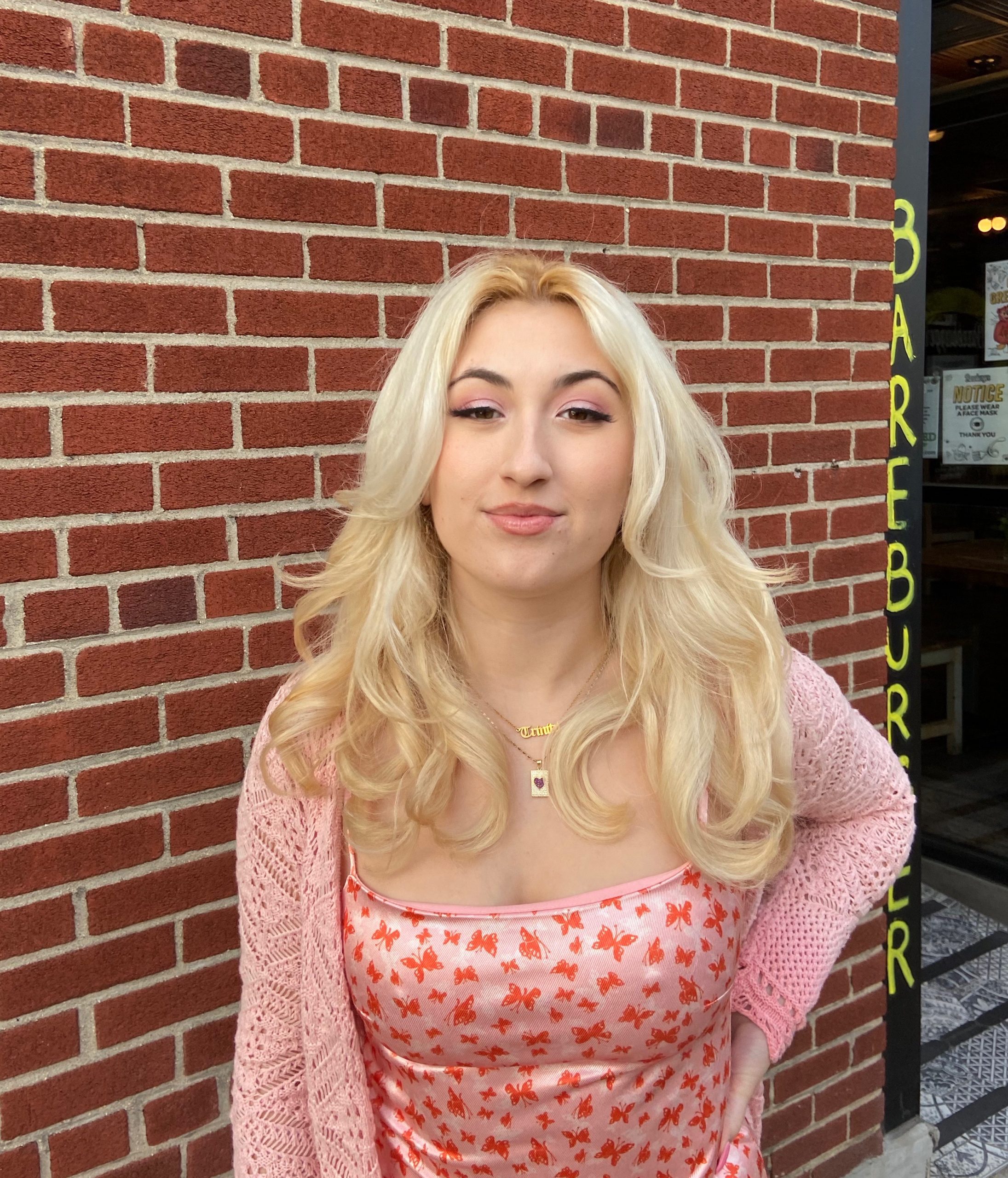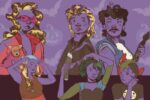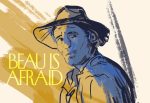The 1980s were a transformative time for pop culture — the quality of music and film improved drastically. Content became more accessible, allowing genuine fan bases to build, and the VCR grew in popularity, creating a new marketplace for movies. Due to all of these factors, the horror genre had the opportunity to grow more than ever before. Fresh plot lines, exciting characters and cutting-edge special effects were all new aspects of moviemaking embraced by horror filmmakers. Tom Savini, makeup and special effects artist for “Friday the 13th,” called the ‘80s “the splatter decade.” Horror movies were finally taken seriously in the way that they deserved.
‘80s horror films were famously low-budget. The industry was mostly composed of writers, directors and producers who were new to the field, and the films starred unknown actors.
Friends and family of the crew pulled together to work on these productions. There weren’t many people that one would consider a “horror professional” to look toward for inspiration. As a result, the movies began to experiment with nearly every aspect of the filmmaking process. Cast and crew members figured out what was genuinely scary as they created the film, without any clear plans laid out beforehand.
Tommy Lee Wallace was one of the people at this forefront of experimentation. He became known for his work in the horror genre mostly due to his roles as editor and production designer on “Halloween.” When asked about the process of creating the film, Wallace stated, “The whole idea of a masked killer was going to work. None of us were ready, though, for the effect the blank mask had on us. From the minute it appeared, it was just stone cold TERRIFYING. There’s no explaining exactly why. But all of a sudden we knew.” Through their journey of discovering new methods to inflict genuine fear, production members were simultaneously laying the groundwork for the future of horror.
“A Nightmare on Elm Street” is another ‘80s horror film that is iconic for more than one reason: This movie broke the formulaic structure of slashers. They gave Freddy some personality through the jokes he makes while killing. This makes him scarier, because he seems like a real person to the audience. Most importantly, this film had a strong female lead. Nancy Thompson, played by Heather Langenkamp, fights Freddy with every bit of energy that she can exert. Before the ‘80s, female characters in horror movies rarely stood a chance against the murderer.
Wes Craven, the director of “A Nightmare on Elm Street,” made an intentional effort to combat this stereotype after a conversation with his daughter. Craven was showing her his film “Swamp Thing.” Like so many other horror films from this time, the female character stumbles and falls while she runs away from danger, to which Craven’s daughter pointed out that women do not always fall. Craven later said, “This made me realize I had fallen into the old horror cliché of the girl running from the villain and tripping on a rock or some other debris. I didn’t really care for that, so it got me thinking about taking it in the other direction and creating some strong female characters. I certainly did that with ‘A Nightmare on Elm Street.’“
This marked a turning point for the portrayal of women in horror. Partially thanks to Craven, there are some incredibly brave and strong female leads in current horror movies such as “Hereditary,” “Ready or Not,” “Hush” and “Midsommar.” It no longer goes without saying that the female character will not survive. There is a much greater element of surprise in today’s horror movies, and the audience cannot predict what will happen to a character based solely on their gender.
Like most other horror movies in the ‘80s, “Friday the 13th” was essentially one big experiment. Most horror films in the past had avoided guts and gore, and this slasher territory was majorly explored in the ‘80s. “Friday the 13th” took violence to a whole new level. The creators used what few references of gore from other movies that they had, while the crew still needed to invent new methods to portray butchery in ways never seen before. The special effects were cutting-edge, despite their technical simplicity. Besides these innovative creations, the director, Sean Cunningham, took a huge amount of inspiration from “Halloween,” though he was not necessarily inspired to create a groundbreaking film — his and the actors’ main goal was to make some money. Most of them doubted that anyone would even come see their film.
Somehow in this process, they created one of the most iconic horror films of the ‘80s — which ultimately changed the genre. The special effects that they invented were used by other moviemakers. The trope of an evil force attacking teenagers, unable to be helped by any authority figures, went on to be used in countless horror movies. The plot of the 2019 film “Ma” relied entirely on this idea of unsupervised teenagers finding themselves in life-threatening trouble, while “Fear Street: 1978” has nearly the same plot as “Friday the 13th.” This horror film follows the story of teenagers who are attempting to evade a murderer at their summer camp. Clearly, “Friday the 13th” had a huge effect on the horror genre.
“Heathers” — while it may be considered a black comedy — definitely contains some solid elements of horror. The way that this movie handles the subject of death and murder is nonchalant and would be chilling if it was not simultaneously humorous. This film paved the way for content such as “Scream Queens.” This show casually portrays brutal murders, but somehow keeps the audience laughing. Both “Scream Queens” and “Heathers” also focus on these beautiful, popular girls that find themselves in the middle of multiple crime scenes. This is an extremely interesting focus for horror movies and shows that “Heathers” helped create.
Horror movies from the ‘80s remain classic for good reason. The film industry can thank the creators for running countless experiments and challenging the ideas found in an average plotline. There may never be another era of horror movies that is quite as influential as the ‘80s.

















